An Introduction to the Centrifuge
Overview
The centrifuge is an instrument used in nearly every research lab across the globe. Centrifugation is the process by which a centrifuge is used to separate components of a complex mixture. By spinning laboratory samples at very high speeds, the components of a given mixture are subjected to centrifugal force, which causes more dense particles to migrate away from the axis of rotation and lighter ones to move toward it. These particles can sediment at the bottom of the tube into what’s known as a pellet, and this isolated specimen, or the remaining solution, the supernatant, can be further processed or analyzed. This video is meant to introduce a student to some of the basic principles of centrifugation, as well as the instrument’s basic operation. For example the speed of centrifugation in rotations per minute, or RPM, is contrasted with relative centrifugal force, or RCF, as a measurement of the magnitude of centrifugation, which is independent of rotor size. In addition to concepts and basic use, safety precautions relating to centrifugation are discussed, as well as the types of centrifuges and centrifuge rotors that exist.
Procedure
The centrifuge is an instrument used in nearly every biomedical research lab across the globe.
Centrifugation is a process by which a centrifuge is used to separate components of a complex mixture.
By spinning laboratory samples at very high speeds, the components of a given mixture are subjected to centrifugal force, which causes more dense particles to migrate away from the axis of rotation and lighter ones to move toward it. These particles can sediment at the bottom of the tube into what’s known a
Skip to...
Videos from this collection:
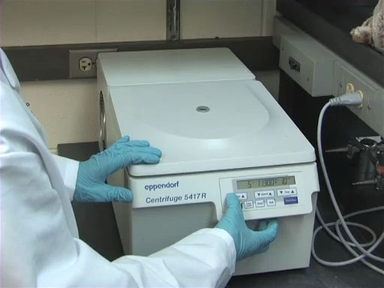
Now Playing
An Introduction to the Centrifuge
General Laboratory Techniques
489.7K Views
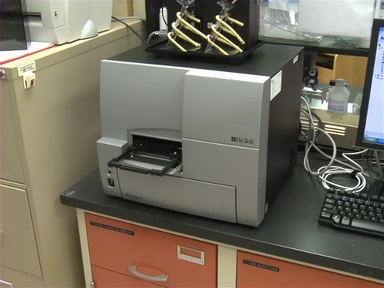
Introduction to the Microplate Reader
General Laboratory Techniques
127.7K Views
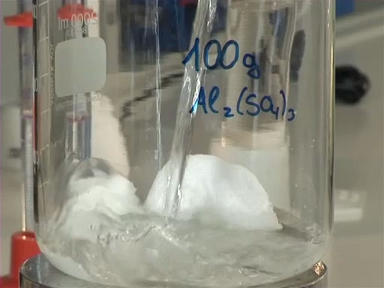
Understanding Concentration and Measuring Volumes
General Laboratory Techniques
216.4K Views
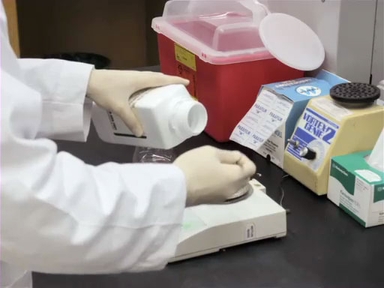
Making Solutions in the Laboratory
General Laboratory Techniques
212.0K Views

An Introduction to the Micropipettor
General Laboratory Techniques
588.1K Views
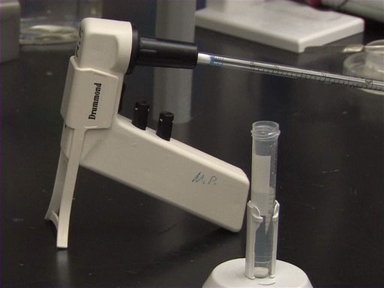
Introduction to Serological Pipettes and Pipettors
General Laboratory Techniques
219.7K Views
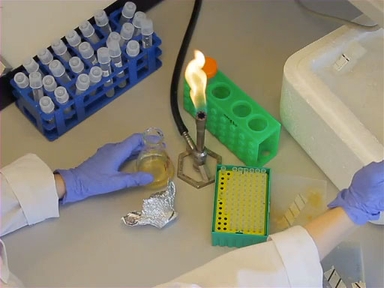
Introduction to the Bunsen Burner
General Laboratory Techniques
207.9K Views

An Introduction to Working in the Hood
General Laboratory Techniques
151.8K Views
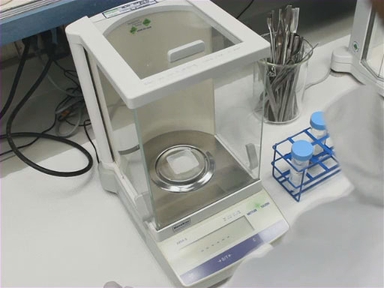
Measuring Mass in the Laboratory
General Laboratory Techniques
171.3K Views

Introduction to the Spectrophotometer
General Laboratory Techniques
519.9K Views
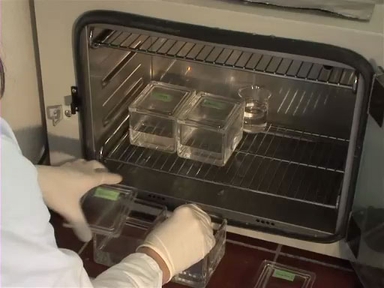
Histological Sample Preparation for Light Microscopy
General Laboratory Techniques
241.1K Views

Introduction to Fluorescence Microscopy
General Laboratory Techniques
350.5K Views
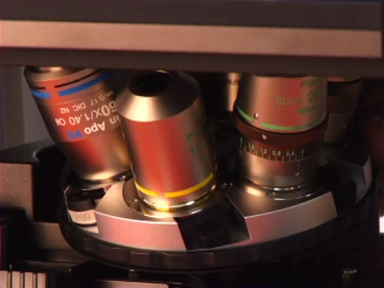
Introduction to Light Microscopy
General Laboratory Techniques
816.6K Views

Regulating Temperature in the Lab: Preserving Samples Using Cold
General Laboratory Techniques
65.8K Views
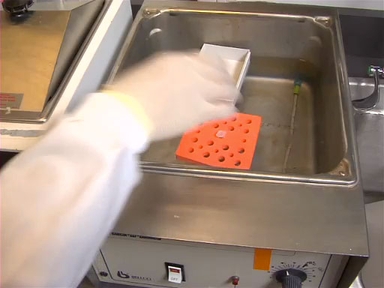
Regulating Temperature in the Lab: Applying Heat
General Laboratory Techniques
81.5K Views
Copyright © 2025 MyJoVE Corporation. All rights reserved